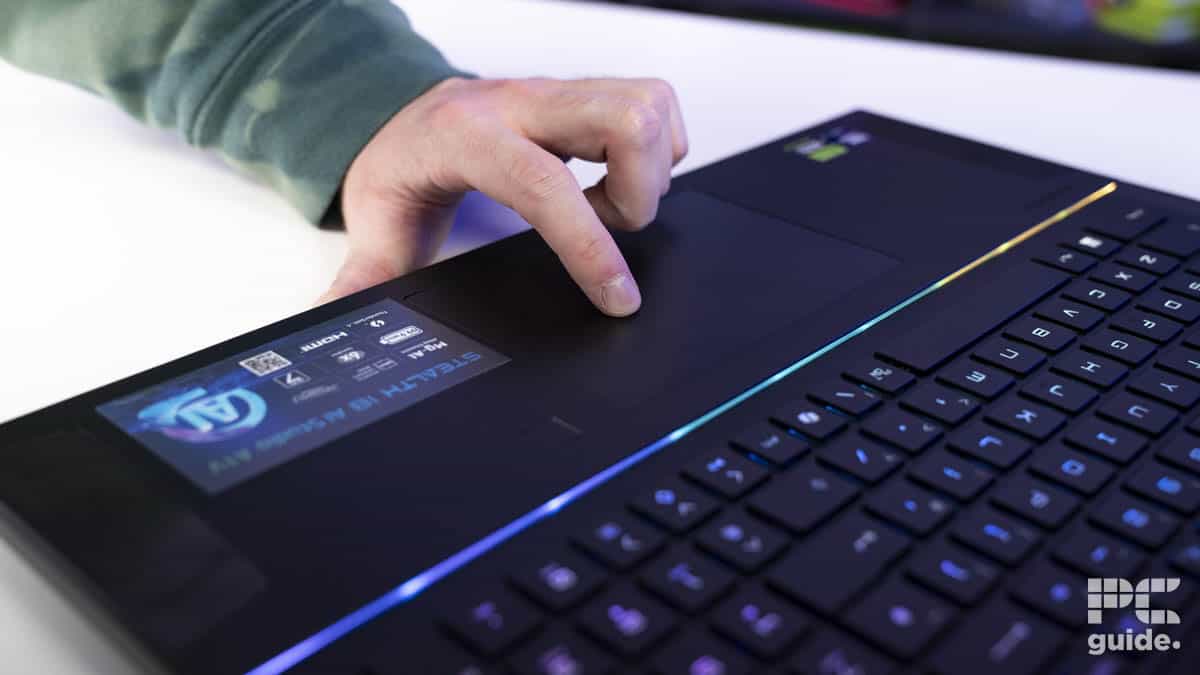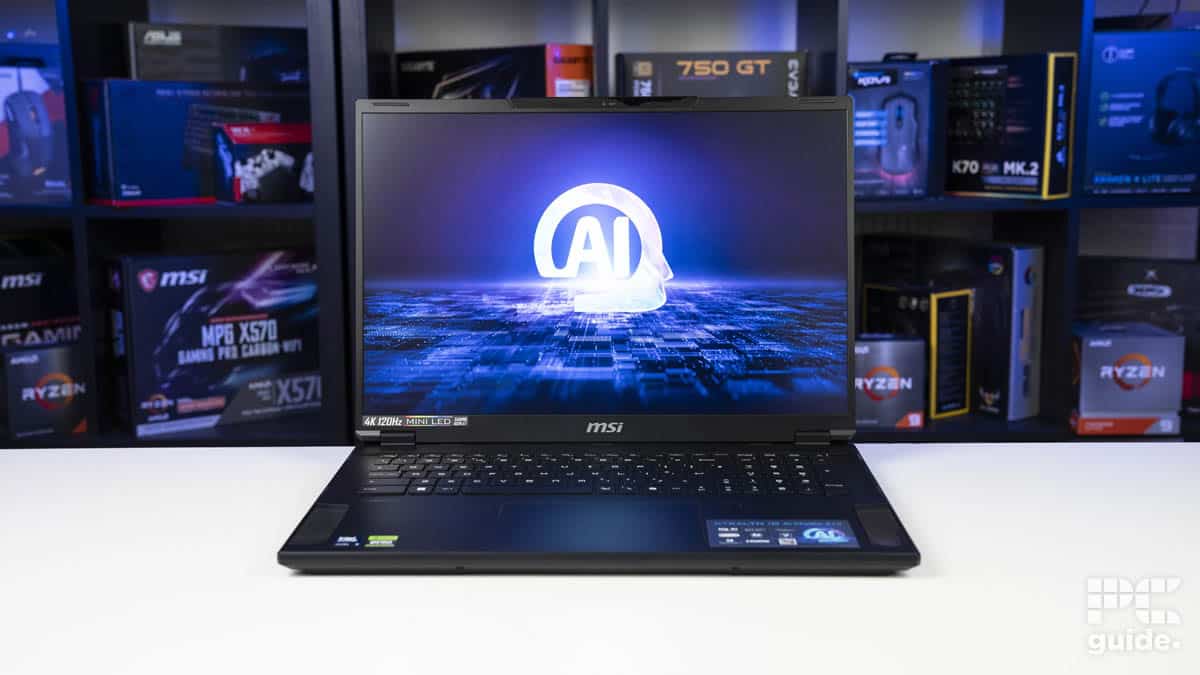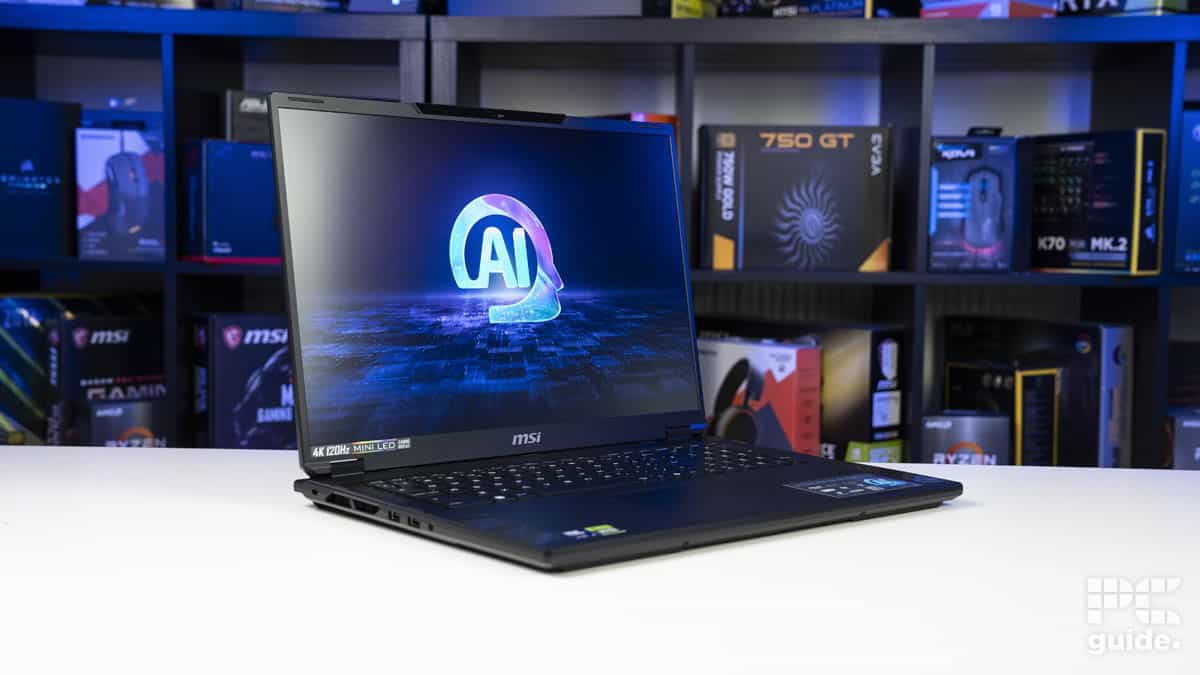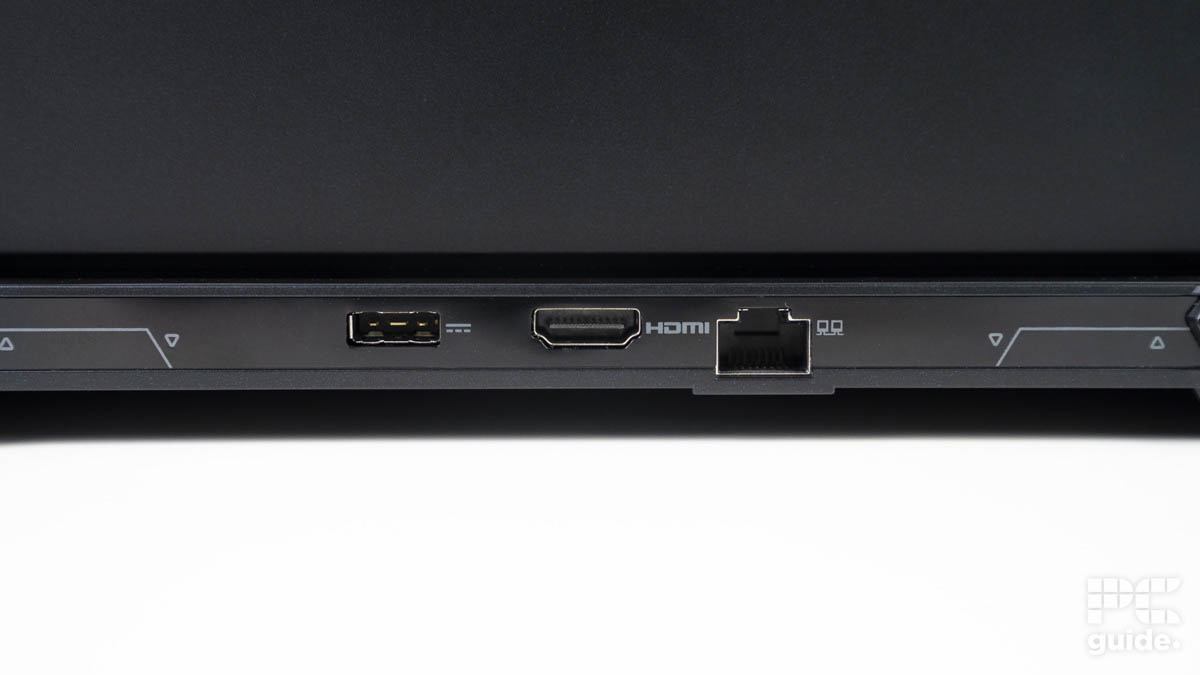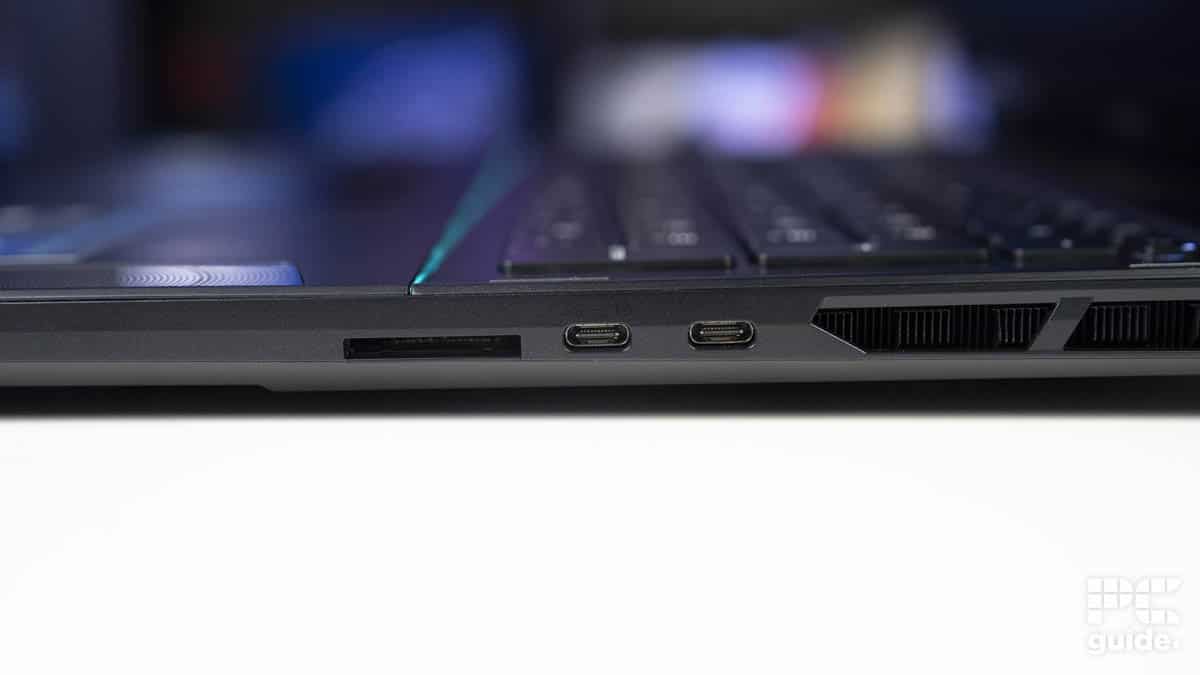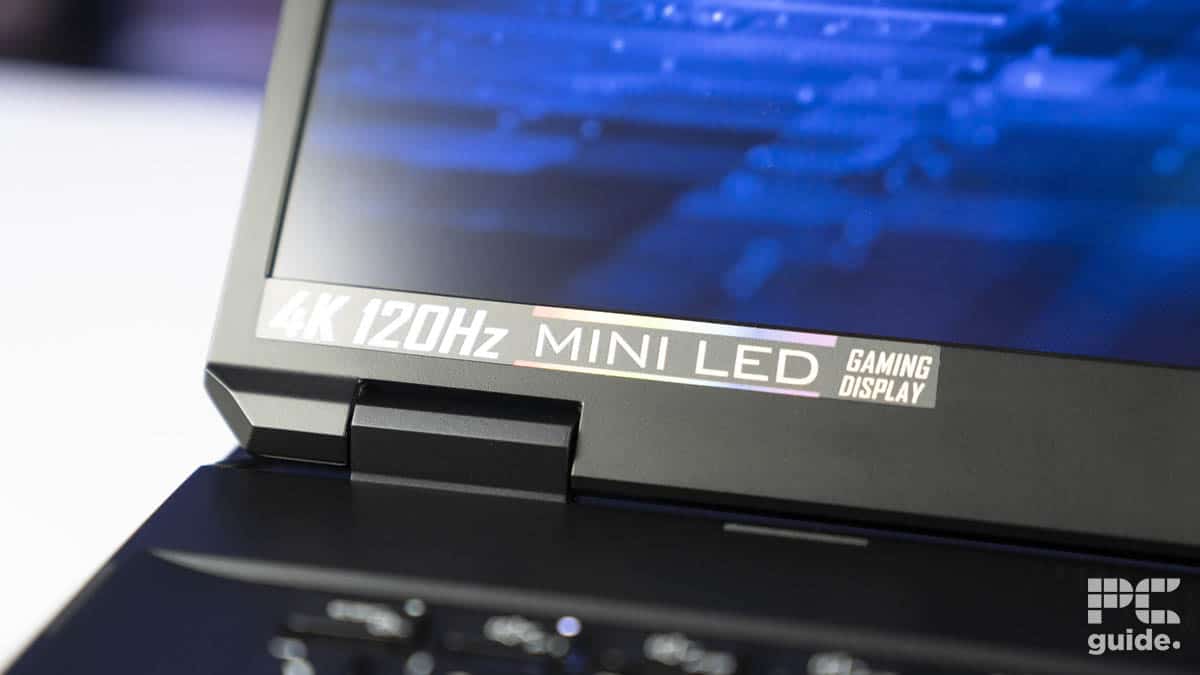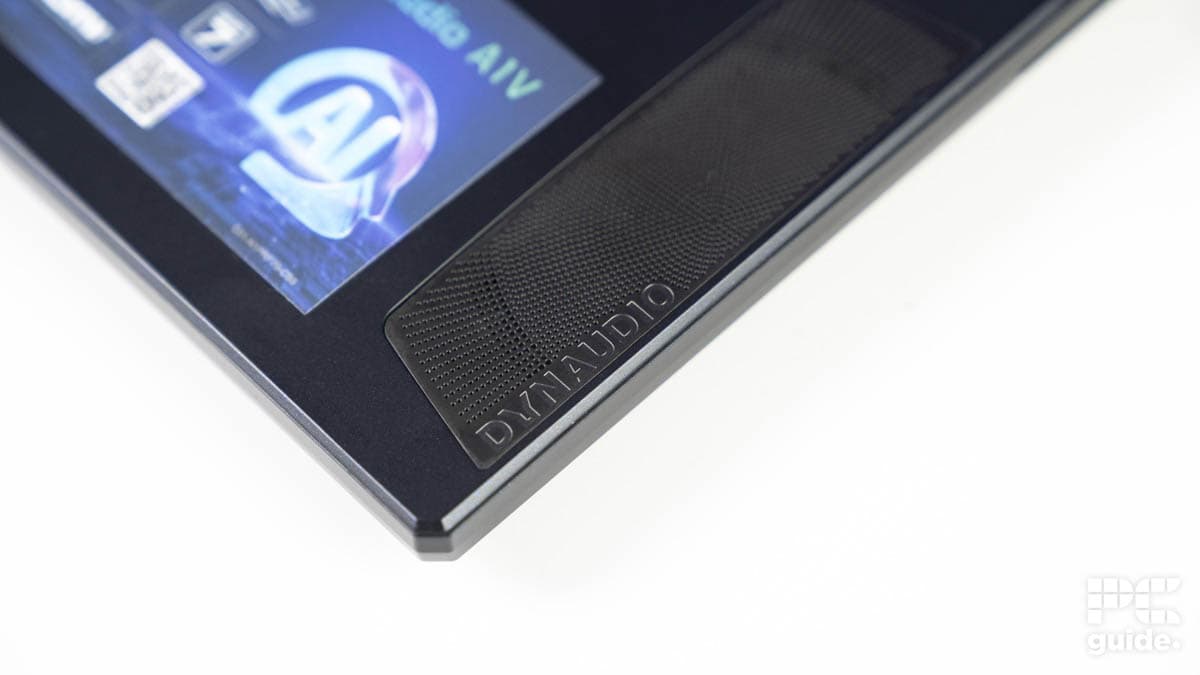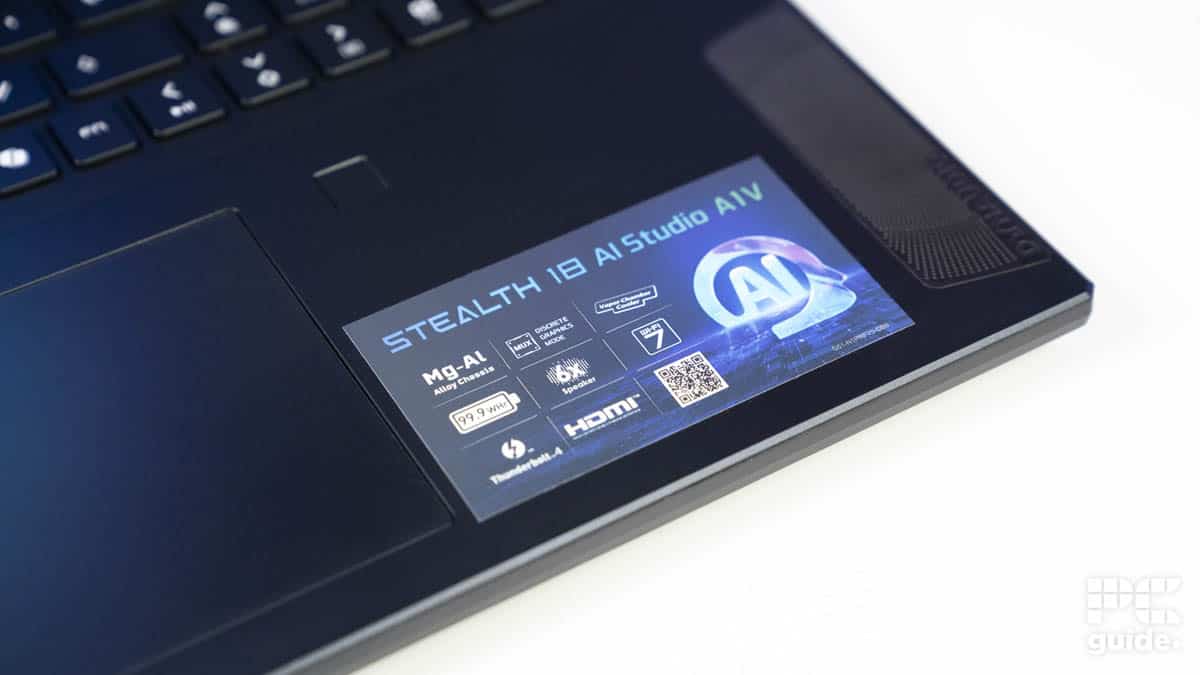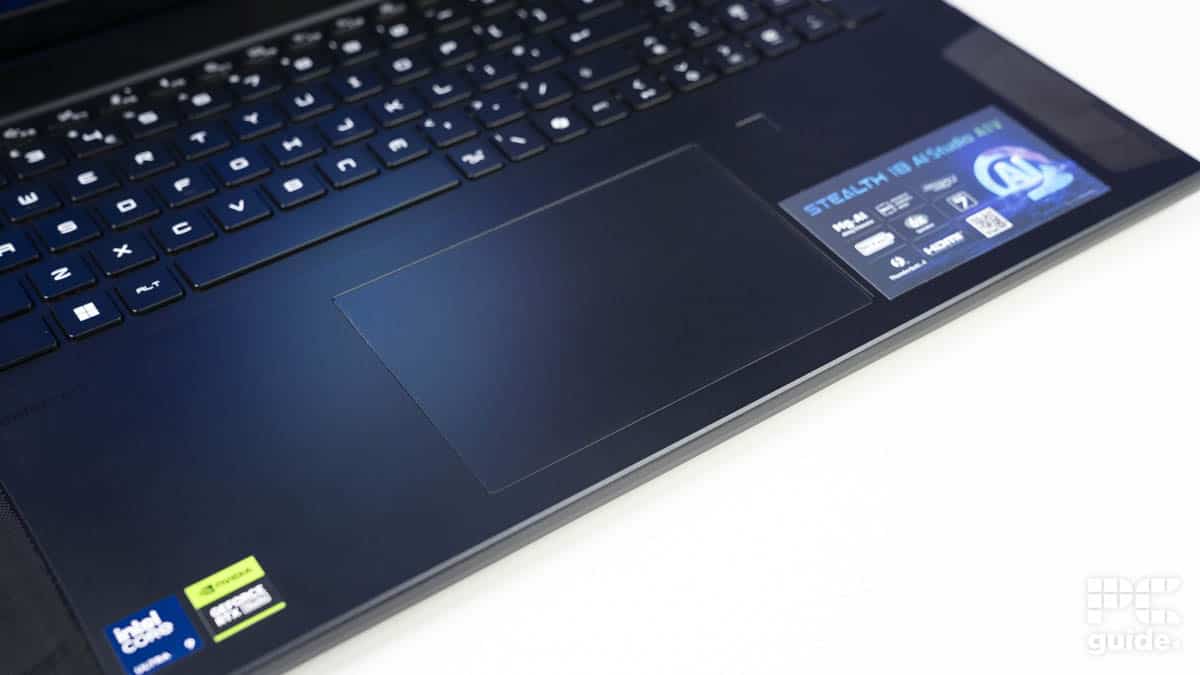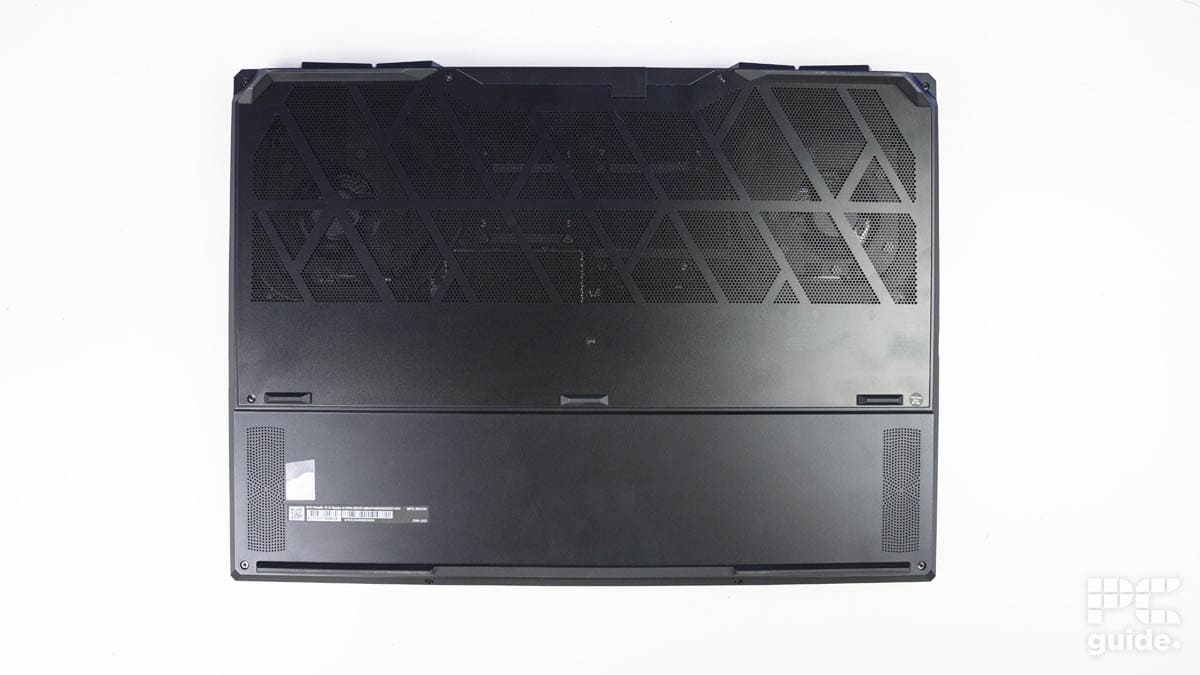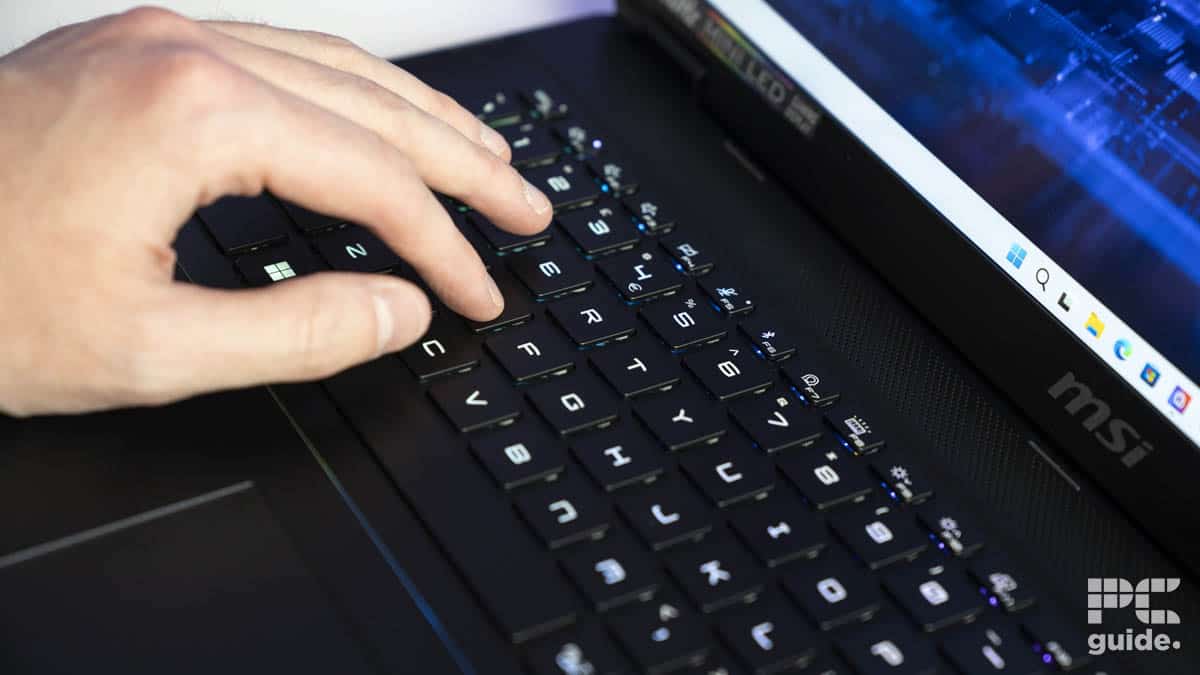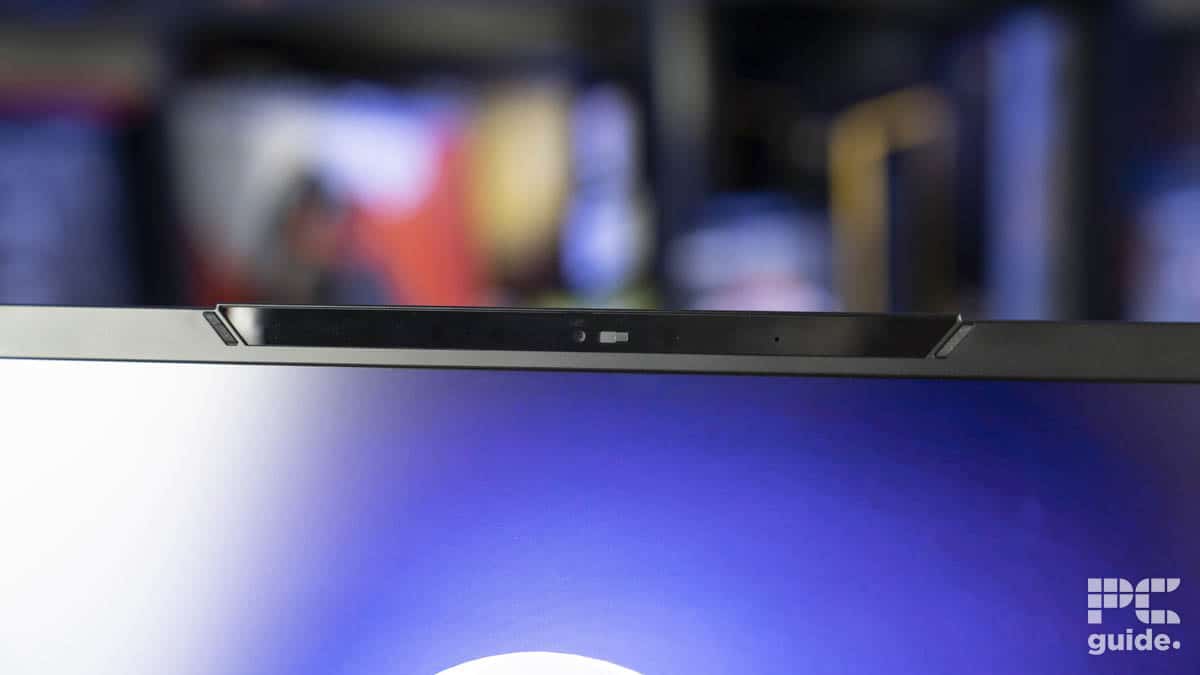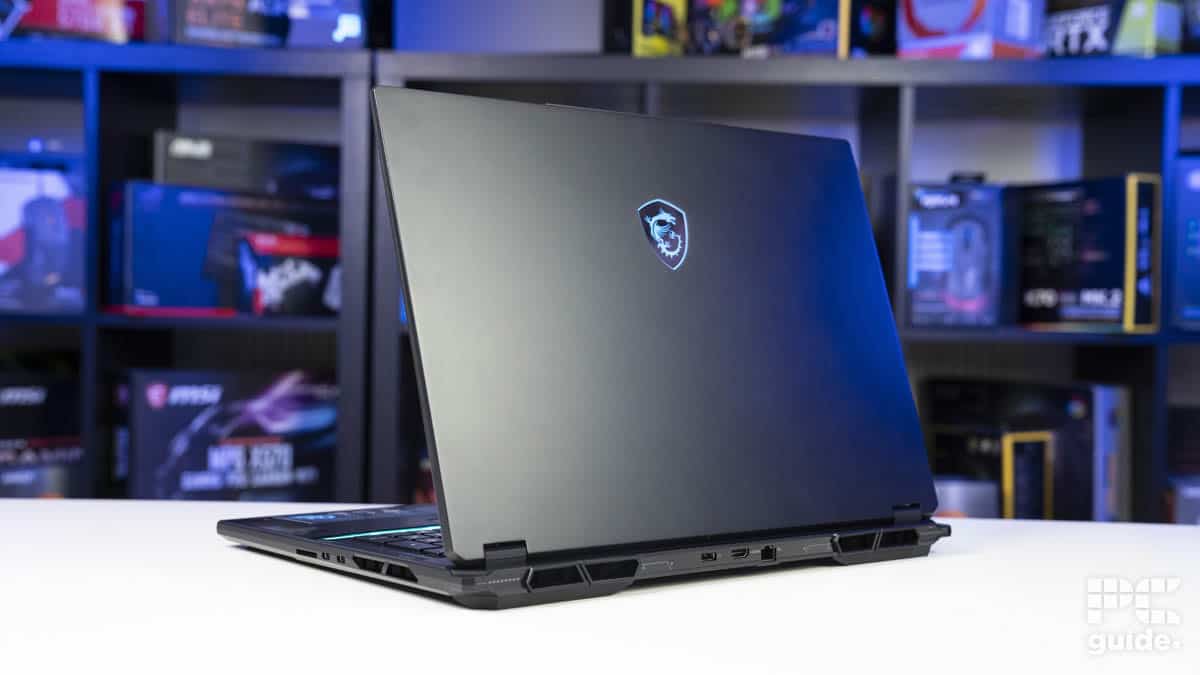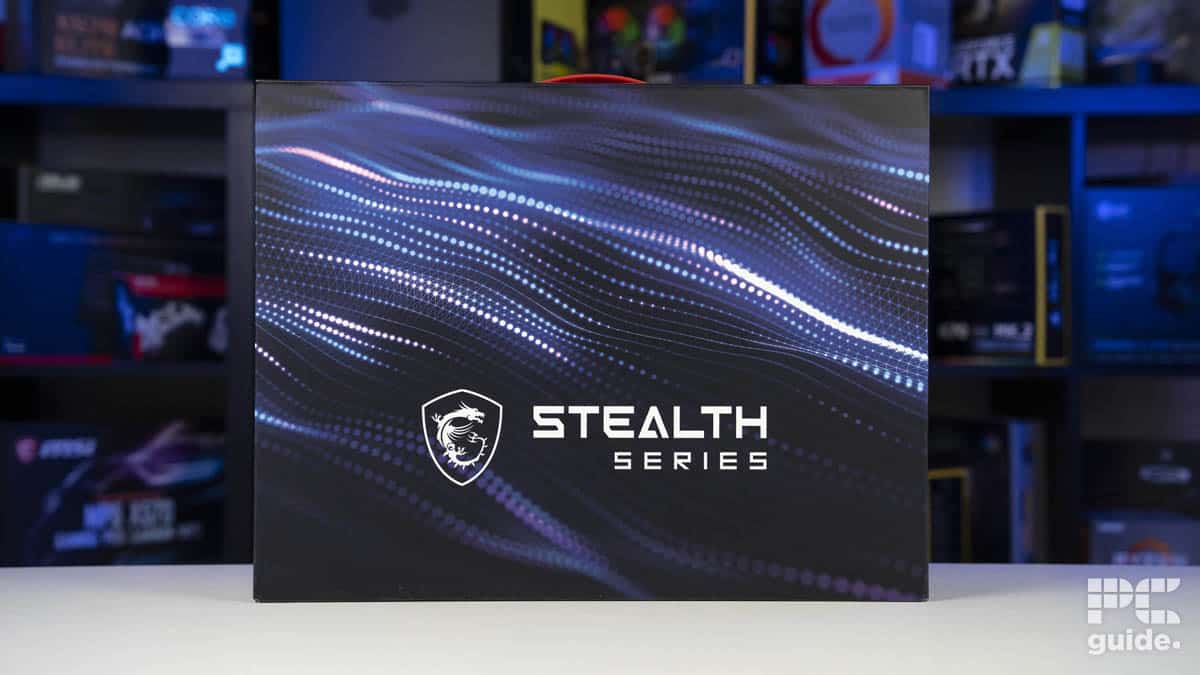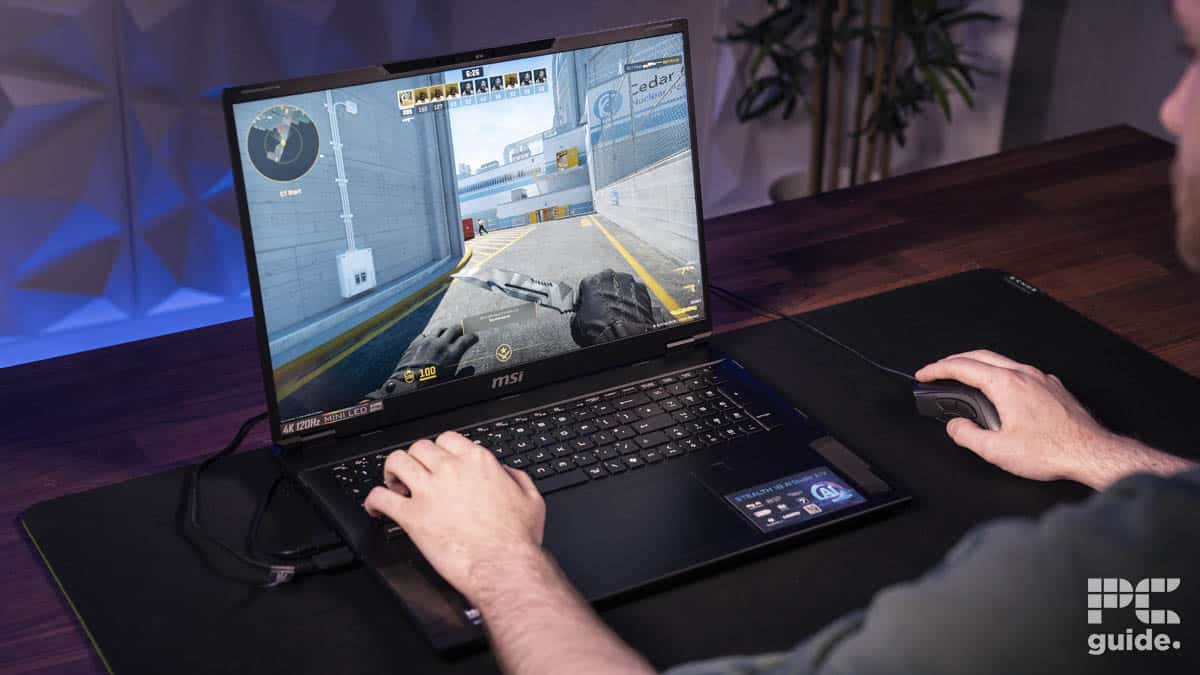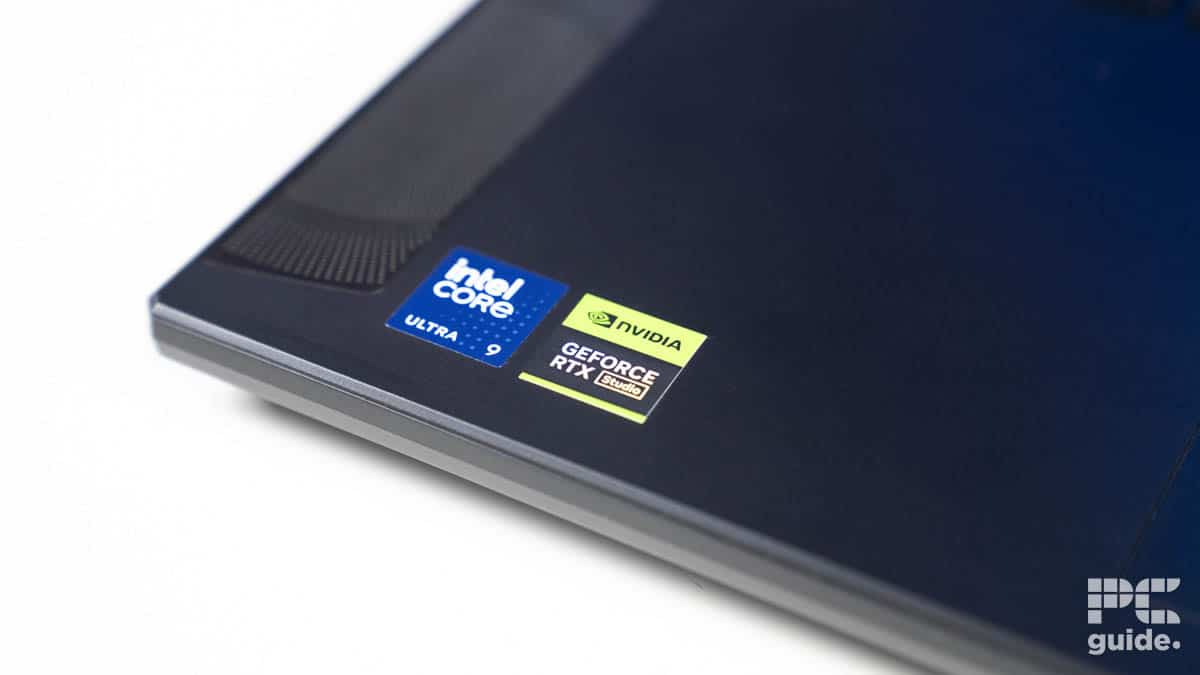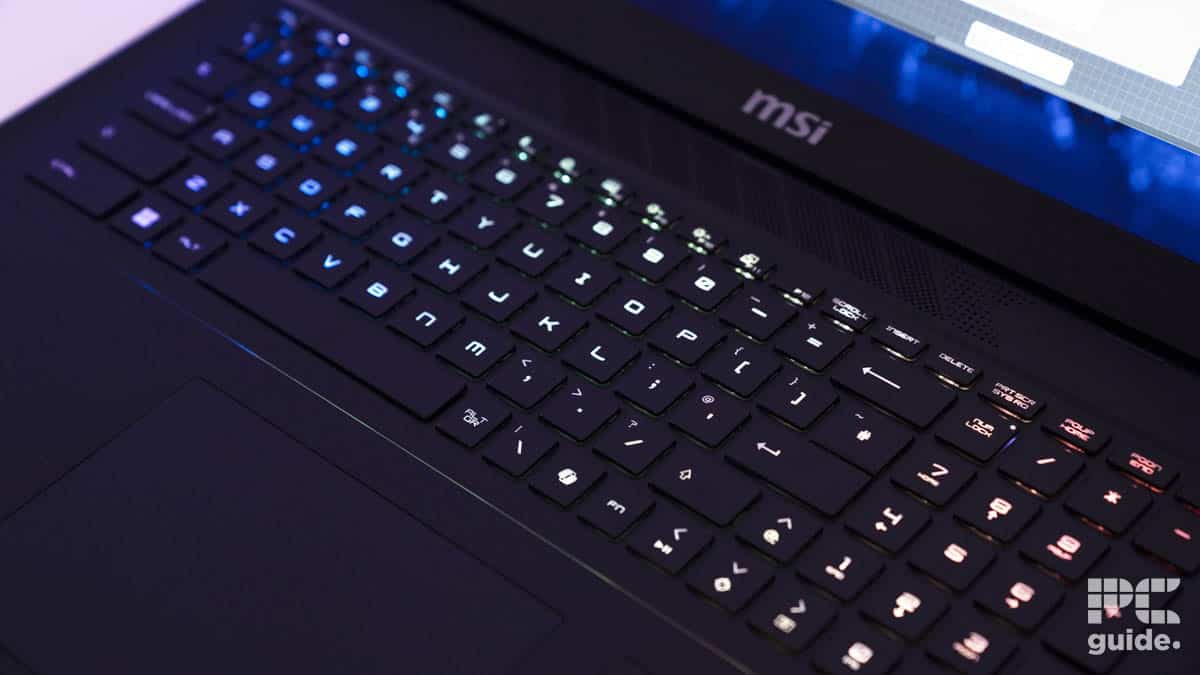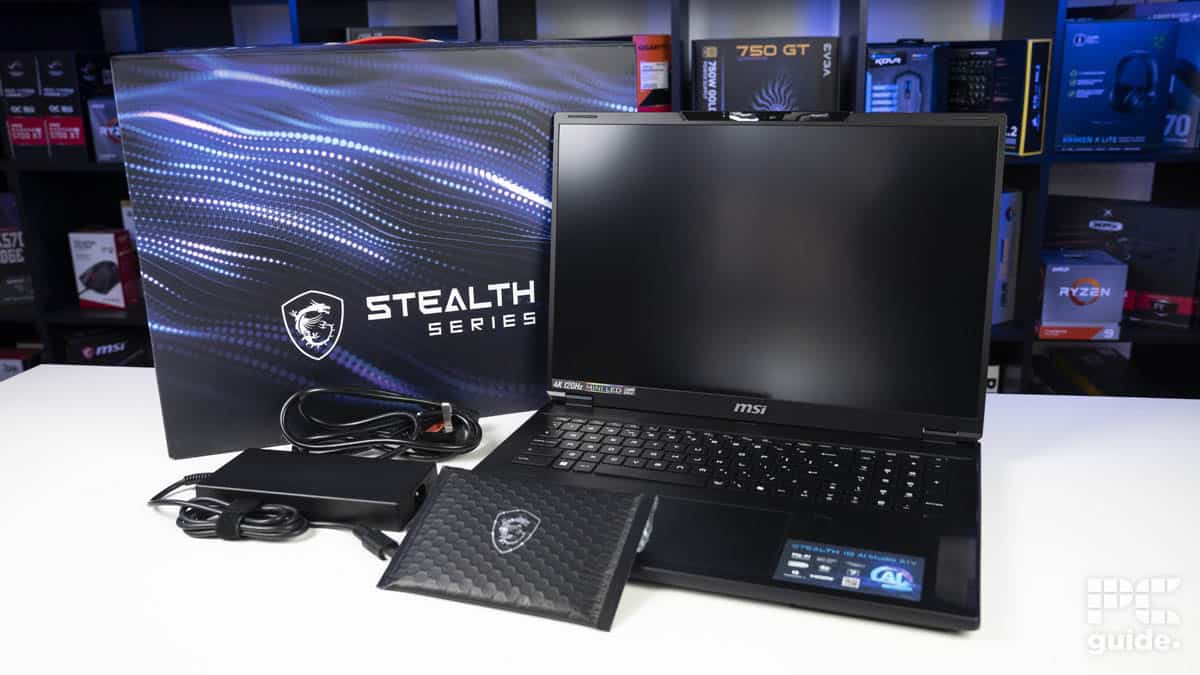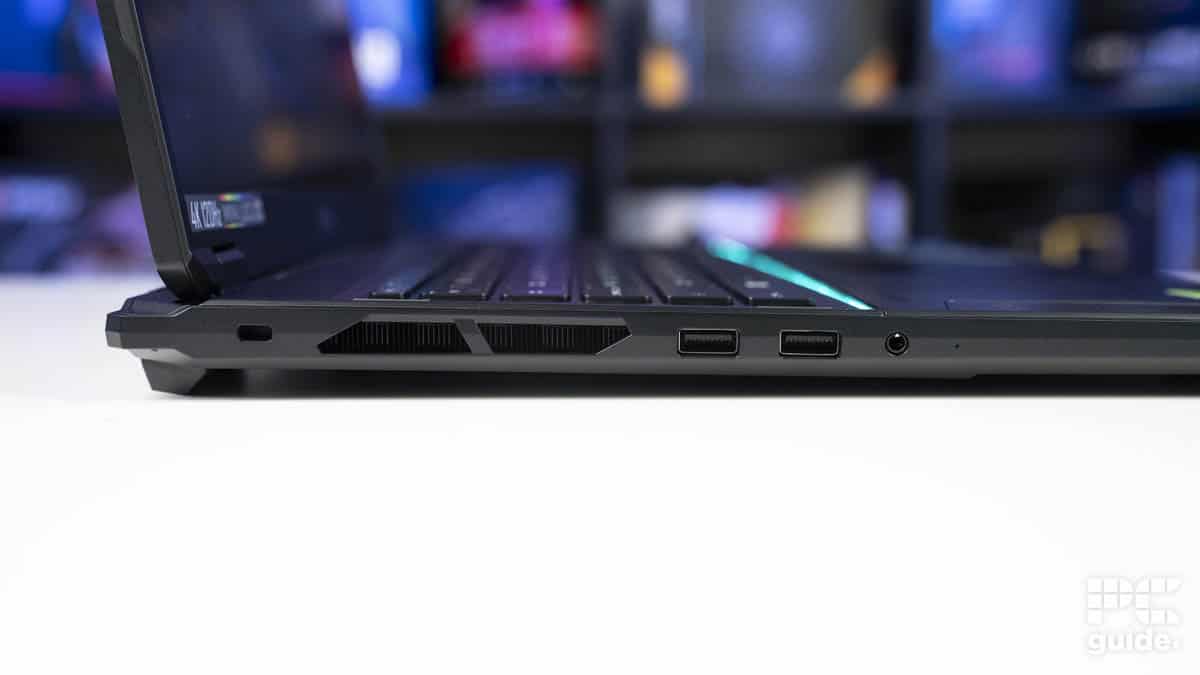MSI Stealth 18 AI Studio A1V review: a quick look at the new AI buzz laptop
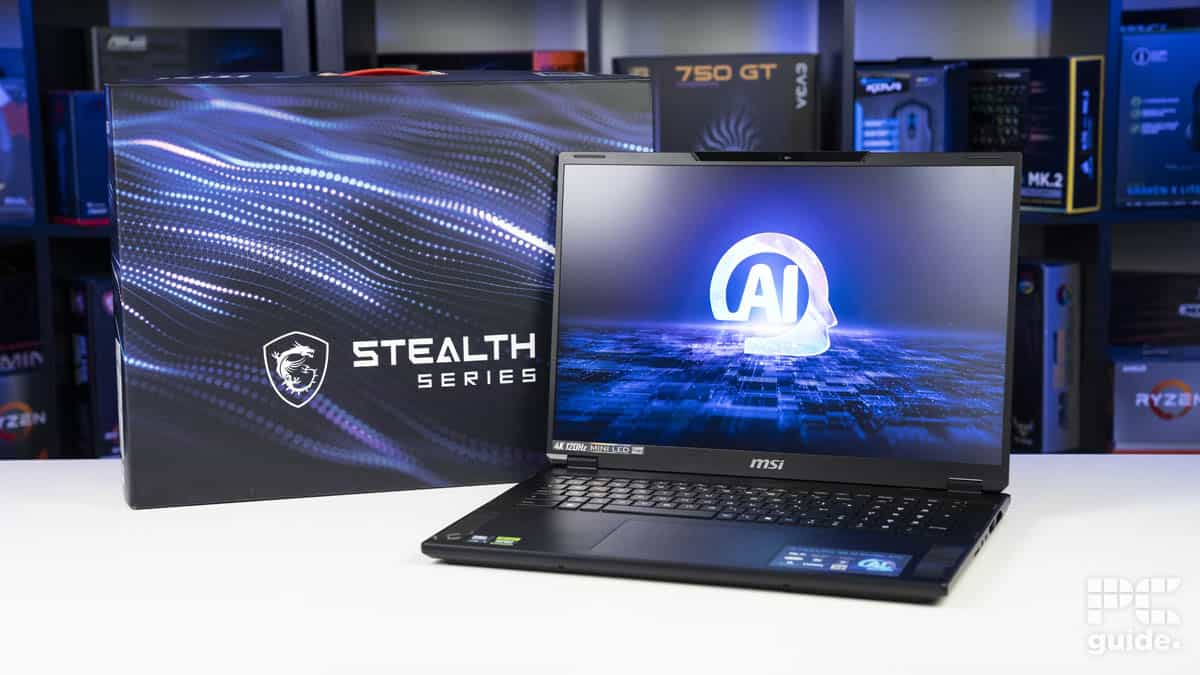
Table of Contents
AI is everywhere now, you can’t get away from it, and even if you’re not a tech enthusiast it can be seen everywhere, no wonder Nvidia shares have skyrocketed toward the top. But what does that actually mean for PCs and devices? Well, NPUs (Neural Processing Units), integrated AI chat with Copilot, and supposedly more. In that case, we see what that means for the MSI Stealth 18 AI Studio A1V, a quick look review to see how much it actually offers.
Now even though it comes at the same time as Copilot+ PCs, it’s not one of those. They seem to be reserved for mostly Qualcomm Snapdragon releases with the Windows on Arm being the main calling point of them, which would seem to knock what this AI laptop can achieve. Instead, the Stealth comes as something of a more inconspicuous gaming laptop so we also see how it compares to the MSI Stealth 17 Studio A13V we reviewed.
Prime Day is finally here! Find all the biggest tech and PC deals below.
- Sapphire 11348-03-20G Pulse AMD Radeon™ RX 9070 XT Was $779 Now $739
- AMD Ryzen 7 7800X3D 8-Core, 16-Thread Desktop Processor Was $449 Now $341
- ASUS RTX™ 5060 OC Edition Graphics Card Was $379 Now $339
- LG 77-Inch Class OLED evo AI 4K C5 Series Smart TV Was $3,696 Now $2,796
- Intel® Core™ i7-14700K New Gaming Desktop Was $320.99 Now $274
- Lexar 2TB NM1090 w/HeatSink SSD PCIe Gen5x4 NVMe M.2 Was $281.97 Now $214.98
- Apple Watch Series 10 GPS + Cellular 42mm case Smartwatch Was $499.99 Now $379.99
- ASUS ROG Strix G16 (2025) 16" FHD, RTX 5060 gaming laptop Was $1,499.99 Now $1,274.99
- Apple iPad mini (A17 Pro): Apple Intelligence Was $499.99 Now $379.99
*Prices and savings subject to change. Click through to get the current prices.

- CPU: Intel Core Ultra 9 185H
- GPU: Nvidia RTX 4080 Laptop
- RAM: 32GB (16*2) DDR5-5600
- Storage: 2TB NVMe SSD Gen4
- Max Refresh Rate: 120Hz
- Resolution: 3840×2400
- Screen Size: 18″
- Panel Type: Mini LED
The MSI Stealth 18 AI Studio A1V sells AI to the brim, but apart from the Copilot dedicated key and AI performance control that underperforms it’s a bit lacking for how prominent it is. Otherwise, it’s a greatly powerful machine with a stunning display that does incredibly well in performance. Along with a great build quality, the stealthy machine is a great choice for working or gaming on the go.
- Latest specs and features including WiFi 7, NPU CPU, and Windows Pro version
- Incredible display, with 4K 120Hz HDR1000 Mini LED
- Strong and great build quality, with relatively easy access to internal and NVMe slots available
- High-performance and top-spec components
- Plenty of control over the behavior of fans and performance with power draw
- The touchpad is a bit sensitive and most of the clicks register as left clicks, only the bottom right is a right click
- AI integration is nothing too exciting or all that necessary
- Lots of software pre-installed including a month of Norton antivirus
- Extremely pricey in the UK
Pricing
Being based in the UK, we do have a specific model and pricing will vary depending on where you’re based. You can currently get the Stealth 18 AI Studio A1VHG-019US in the States for $2,899.99. The model we reviewed is the A1VHG-002UK and that is yet to be released as of the time of writing. But MSI has informed us that the MSRP is going to be £3,899 That certainly puts it at a more premium pricing for an RTX 4080 laptop but also quite the jump in pricing crossing the Atlantic.
it’s a greatly powerful machine with a stunning display that does incredibly well in performance
Design and specs
Starting from the box, the MSI laptop starts off with Stealth in mind sporting the series logo right on the front. Although it still has some colorful design but not too bright. Then thick box competently nestles the laptop inside, made of plenty of thick cardboard it certainly cuts down the plastic packaging. Although the charger and cabling are still wrapped in those but neatly hidden in the compartments beneath the cloth-covered laptop.
For the design, the laptop comes in at a size of 400 x 290 x 24mm and weighs in at 2.89kg for quite a hefty and sizeable device to lug around. But with an 18-inch screen, there’s quite a lot to fit in there, which is a very awesome display as well, with a 4K 16:10 resolution and aspect ratio, 120Hz refresh rate, and Mini LED tech with DisplayHDR1000 rating. It gives incredible-looking visuals especially that high fidelity content that almost looks lifelike that is great to use for any professional work but also for gaming immersion on a portable PC.
For all that, it has the hardware to support it as well, with the Nvidia RTX 4080 laptop GPU inside, alongside an Intel Core Ultra 9 185H processor, which does bring in 2 low-power E-cores with the NPU. Along with 32GB of DDR5-5600MHz RAM, with a 1TB NVMe SSD with an option to expand with an extra PCIe Gen 4 slot on the underside.
As for the packaging and design, it’s a sleek and black chassis, with many vents and angular designs on the rear and underside, along with plenty of vent cutouts for all the cooling. It has got rather high feet towards the back to keep the intakes clear of air for the fans you can see underneath. Plus the RGB isn’t too glaring, with just the logo on the lid flaring up on turning on on the outside, but inside there’s quite a bit more. The SteelSeries-controlled keyboard and lightbar below certainly light up the way in the dark.
Below that you can find a reasonably sized touchpad, although as someone who doesn’t use touchpads all day to day, it takes some getting used to. As most of it can be clicked to create a left click you have to be gentle over the top to not accidentally press it. Plus the right clicking can only be done towards the bottom right so even the top right or right still left clicks can be confusing. There is also a good set of speakers on board with 2x 2W on the side and 4x 2W woofers underneath and around that give a good sound supported by Nahimic enhancement.
When it comes to IO there is also a good range of options. The left side sports 2x Type A USB 3.2 Gen 2, and a combo audio jack. At the rear, you get the 1x HDMI 2.1, 1x 2.5Gbps ethernet jack, and the proprietary power connector for the 280W power adaptor. Then on the right, you also get 2x Type-C, one with DP and Thunderbolt 4 and PD 3.1 charging the other a more standard USB 3.2 Gen 2 and DP, along with 1x SD Express. Combined with the WiFi 7 and Bluetooth 5.4 card insider, there is a lot of speed for networking and peripherals available for plenty of connections available to you.
There is also an IR 1080p 30fps webcam (with a physical shutter) that allows to use of Windows Hello, with a Fingerprint scanner as well gives you a bit of quicker access and security. All of these combined make it a versatile and powerful machine on the go and not too thick or large like the MSI Titan 18.
Performance
There are just a couple of tests we had time to run on the laptop to check how it performs. Testing out both the hybrid mode, discrete GPU mode, and the AI feature in discrete mode instead of extreme performance. There we see how much it affects performance in Cyberpunk 2077, Cinebench 2024, 3DMark, and Blender, so we should get a good range of performance tasks to get a wider range of options. Lastly, we also ran Furmarks 2 alongside HWInfo to check the temperatures and power draw of the components.
In general, there is a good amount of power inside of the laptop. Looking at the Furmark 2 CPU and GPU stress test, we can see the power draw and temps of the two. There we see the CPU rise to 108W but then drop to a more stable 40W or so, whilst the GPU jumps around the 110-120W mark with spikes even higher. Whilst running that power, both of the parts rose to between 75-85°C and you could certainly feel that heat spewing out from the vents around, although it’s unlikely in most scenarios you’ll be pushing both so much at the same time.
The scores achieved in the programs also push up quite well, especially compared to the other Stealth 17 we tested previously. Whilst in gaming there is a bit of power too, not an easy task running 4K Cyberpunk at Ultra but it does still get a respectable 30 FPS, but it does help that DLSS 3 is available on the laptop and can be improved much further with that and frame gen.
What does surprise us is how effective hybrid mode is, as previously we’ve seen that discrete does much better. It does seem to vary depending on task but it does manage to push power and performance further than discrete most of the time. But certainly choosing the AI mode compared to performance does seem to lag behind. Even though it’s meant to alter the power according to task it doesn’t seem to reach the same heights as specifically picking the mode yourself. So it might not be worth picking it if you want to ensure you’re getting all the performance you can.
Conclusion
Overall the MSI Stealth 18 AI Studio A1V is a greatly capable laptop. But it does cost a pretty penny now, especially the UK model, and seems to mostly shoehorn in the AI name as everything else in the industry. Although it has a dedicated copilot button it’s still on the beta version and doesn’t really speed things up. Asking anything of the program to change on your PC takes a few seconds and it’s probably quicker to search it yourself. But summarizing articles and searching does have some benefits, so maybe down the line it will improve, but for now seems to be a bit underwhelming.
But it does bring plenty of performance, connectivity, and stealthiness to it. It doesn’t come too bulky and inconvenient but is still hefty and compact even for the 18-inch screen, which itself is incredible with the miniLED HDR option that it is. So it’s a bit of an investment to get an AI feature that isn’t too prominent but heavily advertised, especially as it doesn’t improve too much over-picking power yourself.

- CPU: Intel Core Ultra 9 185H
- GPU: Nvidia RTX 4080 Laptop
- RAM: 32GB (16*2) DDR5-5600
- Storage: 2TB NVMe SSD Gen4
- Max Refresh Rate: 120Hz
- Resolution: 3840×2400
- Screen Size: 18″
- Panel Type: Mini LED

